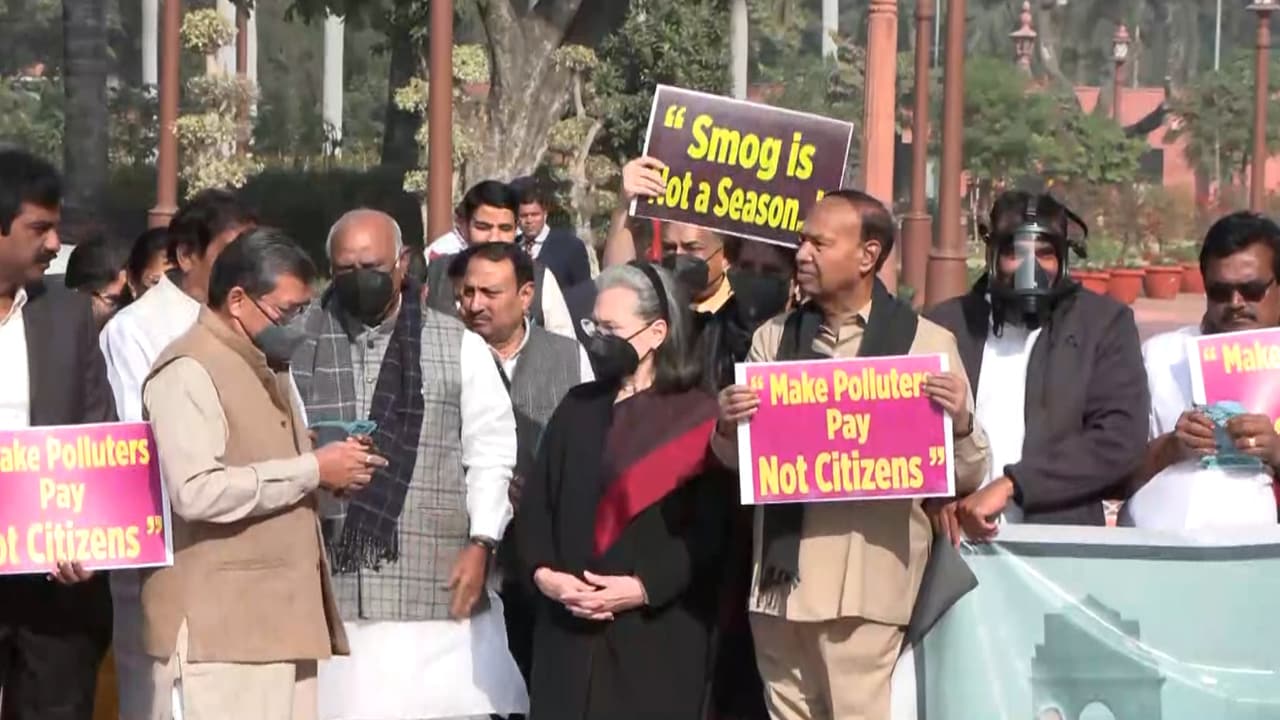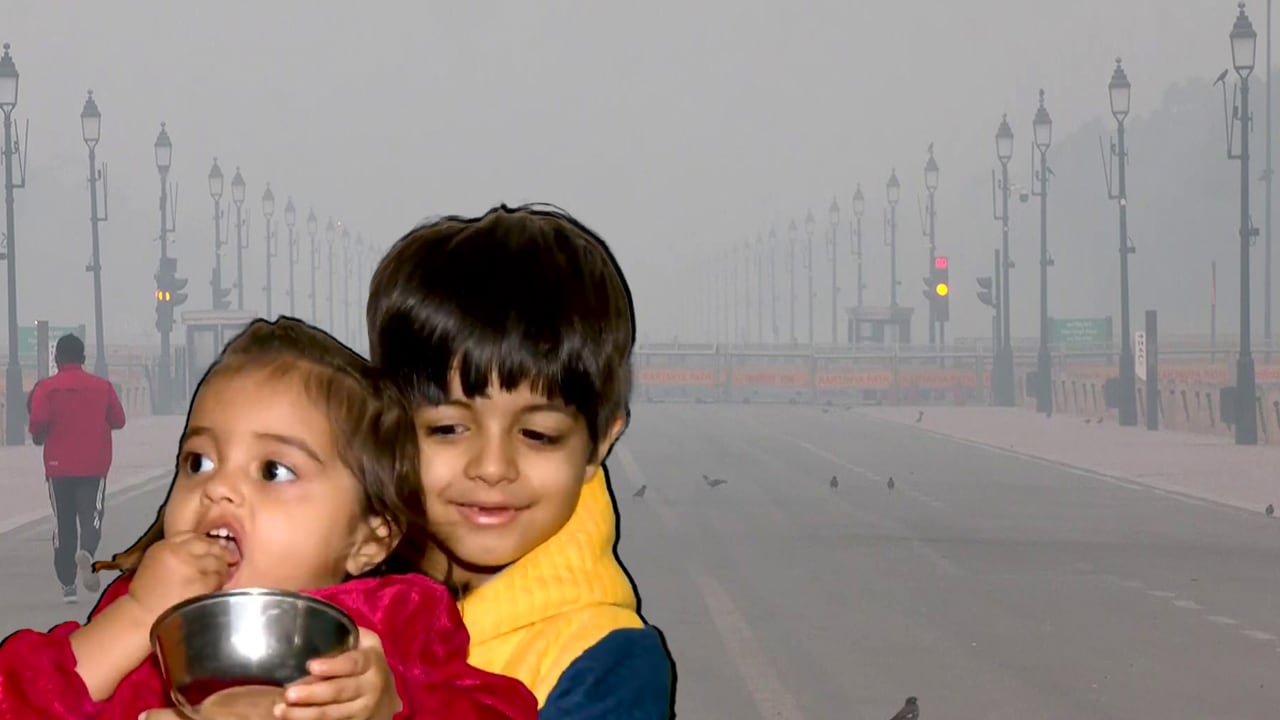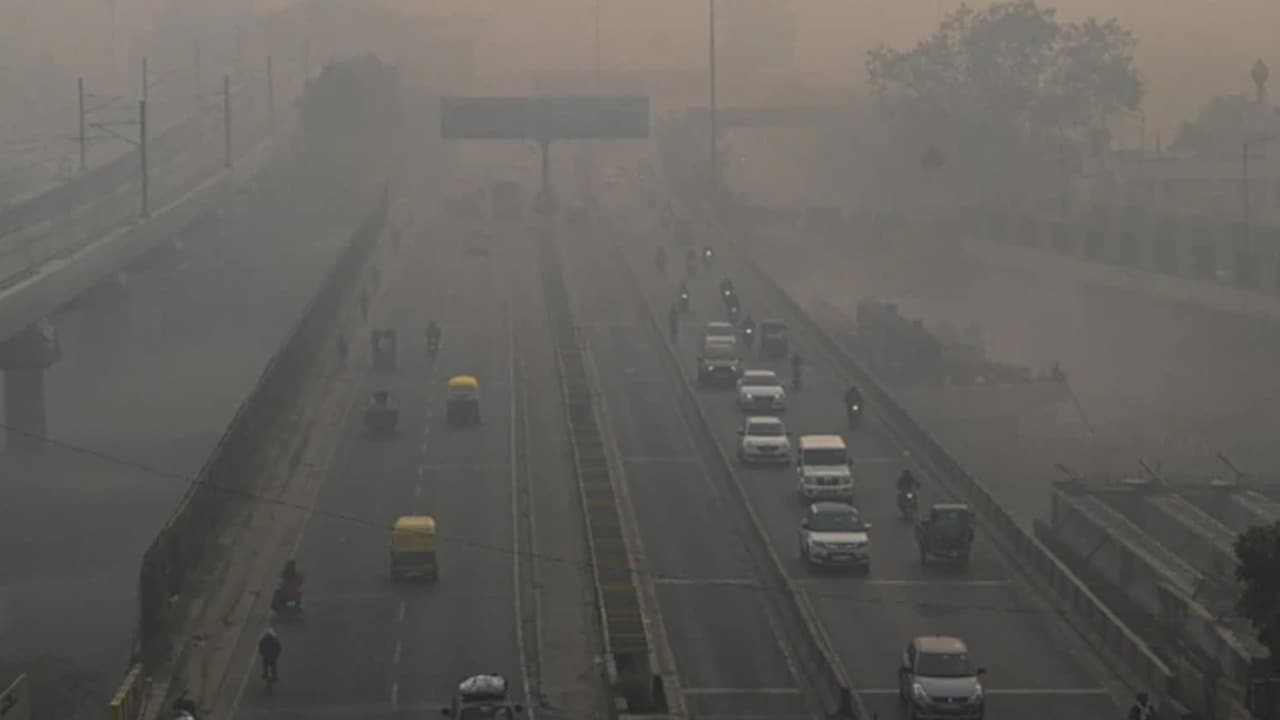- Home/
- Jahangirpuri, Rohini Among Most Polluted Clusters Of Delhi: Study
Jahangirpuri, Rohini Among Most Polluted Clusters Of Delhi: Study

North Delhi's Jahangirpuri, Rohini, and Shahdara are the city's most polluted areas, a hyperlocal air quality analysis has found, and pointed out that the national capital saw a breach in PM2.5 levels on 23 days of October.
Respirer Living Sciences, a climate-tech startup, conducted the month-long study using data from the Central Pollution Control Board (CPCB) and Google AirView .
Official data from the Delhi Pollution Control Committee (DPCC) and CPCB supported these findings, identifying the Jahangirpuri-Bawana-Wazirpur corridor as the city's most polluted cluster, with average PM2.5 levels ranging between 140-146 µg/m³, followed by Anand Vihar and Vivek Vihar (133-135 µg/m³).
The analysis revealed that the city's pollution peaks are concentrated in its northwest and eastern corridors, with industrial and residential clusters co-existing within the same polluted air sheds.
“Delhi's pollution story is no longer just about its city centre. Hyperlocal mapping shows how industrial clusters and residential pockets are sharing the same airspace. Tackling this requires coordinated planning between city and state agencies,” Ronak Sutaria, Founder and CEO of Respirer Living Sciences, said.
“These transport-heavy and industrial zones in north and northeast Delhi remain chronic hotspots due to dense clusters of small industries, constant traffic, and poor air dispersion during calm weather,” he added.
In contrast, Dwarka, Sri Aurobindo Marg, and Lodhi Road recorded comparatively cleaner air, staying close to the “satisfactory” category of the air quality index (AQI).
The month-long study mapped Delhi's air in 3×3 km grids to identify pollution hotspots invisible to traditional monitoring networks.
Jahangirpuri, with 144.1 micrograms per cubic meter (µg/m³), topped the list as the most polluted area in the city, followed by Rohini (142 µg/m³), Shahdara (134.8 µg/m³), Mangolpuri Industrial Area (123.8 µg/m³) and Madanpur Khadar (120.3 µg/m³).
Each of these locations recorded PM2.5 concentrations more than twice the national safe limit of 60 µg/m³, indicating intense, localised exposure to toxic air, the report said.
PM2.5 means very tiny particles in the air that are 2.5 micrometres wide or smaller – about 1/30 the width of a human hair. These are so fine that they can reach deep into the lungs and even get into the bloodstream.
These particles mostly come from things like car exhaust, factories, wildfires, and burning fuel at home.
Pollution levels peaked between October 20 and 21, when PM2.5 levels spiked above 675 µg/m³, coinciding with calm weather and festive emissions.
Since Diwali, the national capital's air quality has consistently remained in the “poor” or “very poor” category, occasionally slipping into the “severe” zone.
On Monday morning, the AQI was recorded at 345, falling in the “very poor” category. At 9 am, Delhi's overall Air Quality Index (AQI) stood at 345, according to CPCB data. The AQI level neared the “severe” category on Sunday morning, recording a reading of 391 – the highest of the season so far.
An AQI between 0-50 is considered 'good', 51-100 'satisfactory', 101-200 'moderate', 201-300 'poor', 301-400 'very poor', and 401-500 'severe', the CPCB data shows.
(This story has not been edited by NDTV staff and is auto-generated from a syndicated feed.)
Latest Stories
- Saturday December 06, 2025 , New Delhi
Delhi Chief Minister Rekha Gupta on Thursday claimed that the capital had "celebrated Diwali and maintained air quality."
- Reported by Ankita Tiwari | Friday December 05, 2025 , New Delhi
Every winter, Delhi's air turns toxic, and this year is no exception. After the monsoon, pollution levels rise, but the real crisis begins when temperatures plunge.
- Indo-Asian News Service | Friday December 05, 2025 , New Delhi
Amid continuing poor air quality in the national capital, doctors on Friday noted that air pollution can not only harm your lungs or lead to cardiac illness but can also heighten anxiety and trigger panic-like symptoms.
- Reported by Ishika Verma | Thursday December 04, 2025 , New Delhi
The Delhi government on Thursday rolled out its "toughest-ever" anti-pollution drive in the capital -- deploying mist spray technology, tightening enforcement, and warning officials of strict action.
- Asian News International | Thursday December 04, 2025
India faces a severe public health emergency as air pollution worsens across major cities. Padma awardee doctors' issue urgent advisory and here is what you need to know to stay safe.
................................ Advertisement ................................
Latest Videos
Opinion
Blog | Well Done, Delhi. You've Turned Lung Sacrifice Into A Badge Of HonourSaikat Kumar Bose
Monday November 10, 2025Till some years back, Delhiites would ask angry questions to those in power about the capitals annual tryst with toxic air. This has changed. Those in the driving seat dont see the need to answer now.
Opinion | Why Indians Have Just Given Up On Air Pollution CrisisTanushree Ganguly
Friday December 20, 2024While some may argue that people in Delhi are now more aware of air pollution than they were a decade back, my rebuttal would be that awareness does not mean that people are concerned.
Opinion | You Must Outrage Over Filthy Air More Than Once A YearJyoti Pande Lavakare
Tuesday December 10, 2024Delhi welcomed us with monsoon rains and mangos. We were home. Fast forward a couple of years, in the winter of 2012, I found myself in denial about something other parents, mostly expats, were calling toxic air.
Opinion | Delhi's Air Pollution Situation Is Like A Bad MarriageNishtha Gautam
Friday November 22, 2024On a good day, such as today, the AQI reading in Delhi is 407. We are jubilant at the sickly sunshine trickling through the slightly dissipated smog. At least its not 1600.
दिवाली... पराली... सियासी जुगाली!Ashwini kumar
Monday November 18, 2024दिल्ली-एनसीआर में प्रदूषण का समाधान तो आज तक मिला नहीं. हर साल चिंतित होकर हम-आप सांसों की तकलीफ के साथ-साथ दिल और ब्लड प्रेशर के मरीज भी क्यों बनें?


















